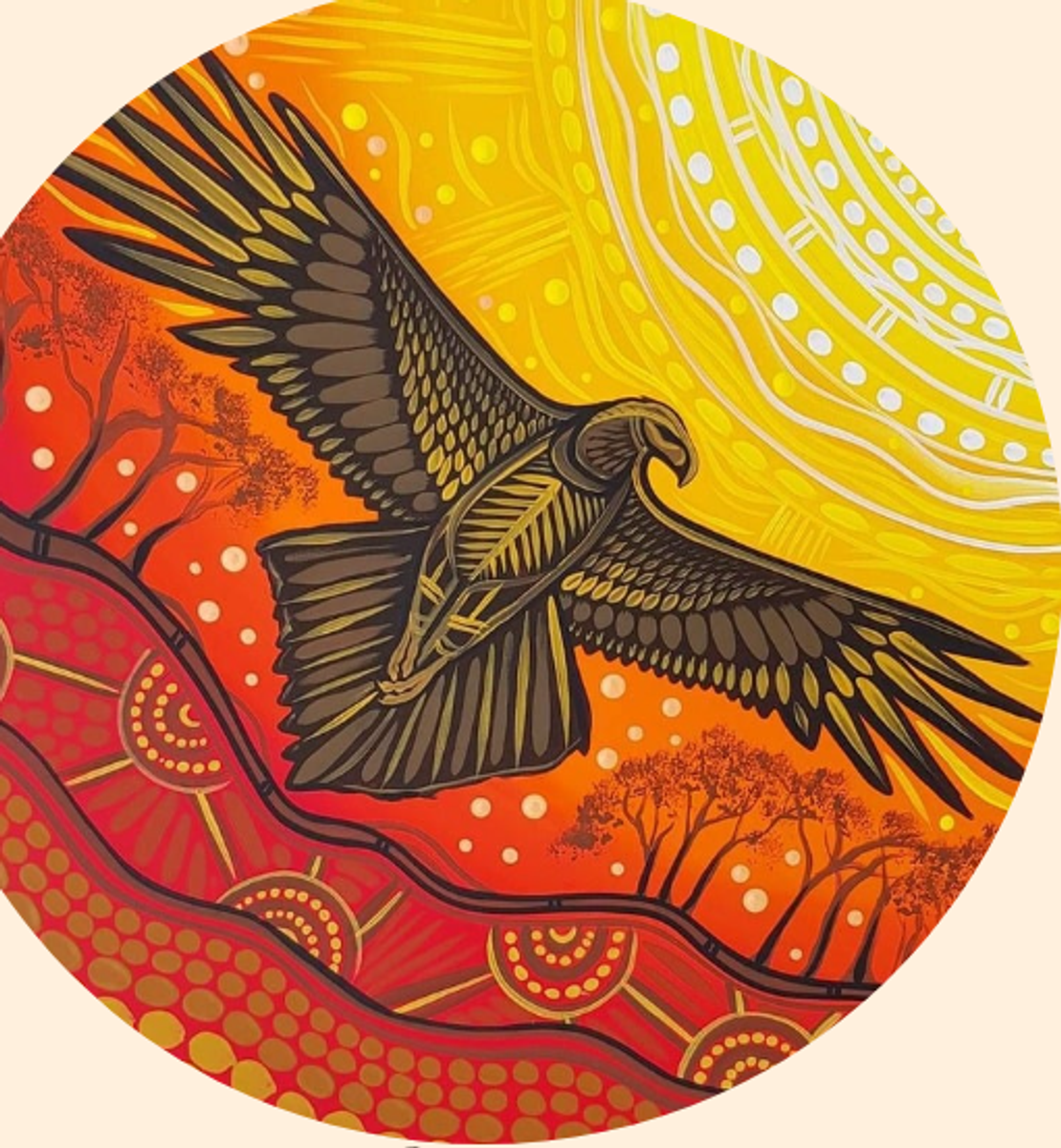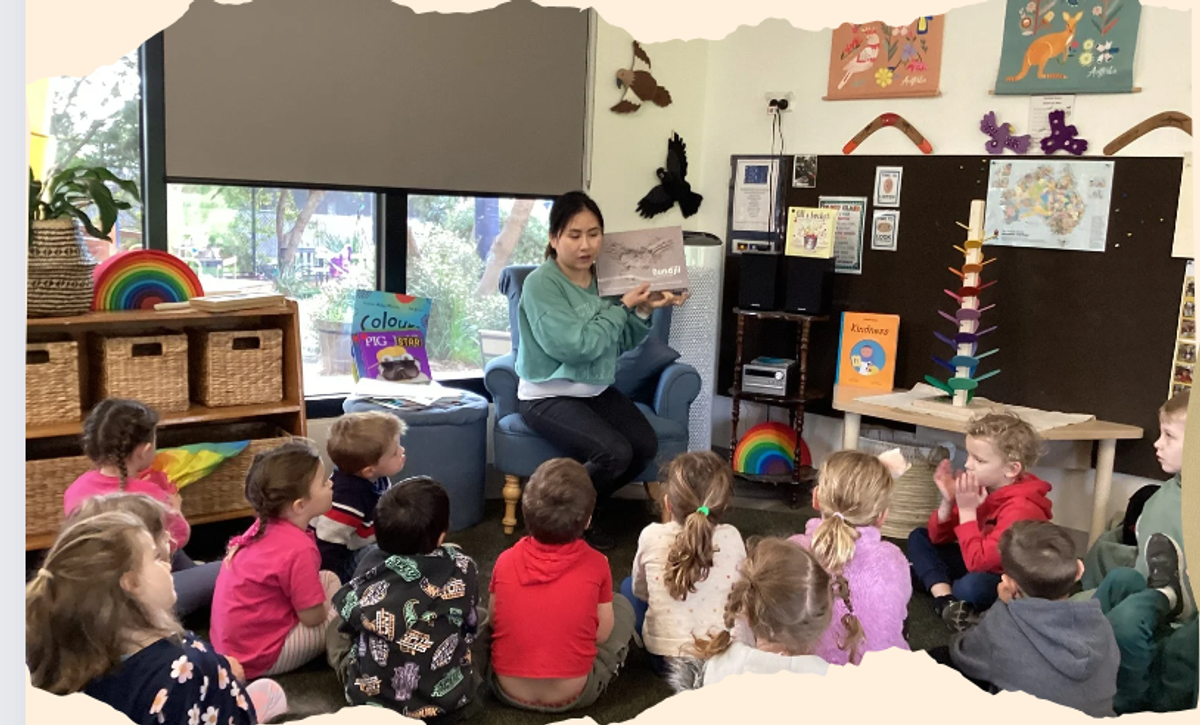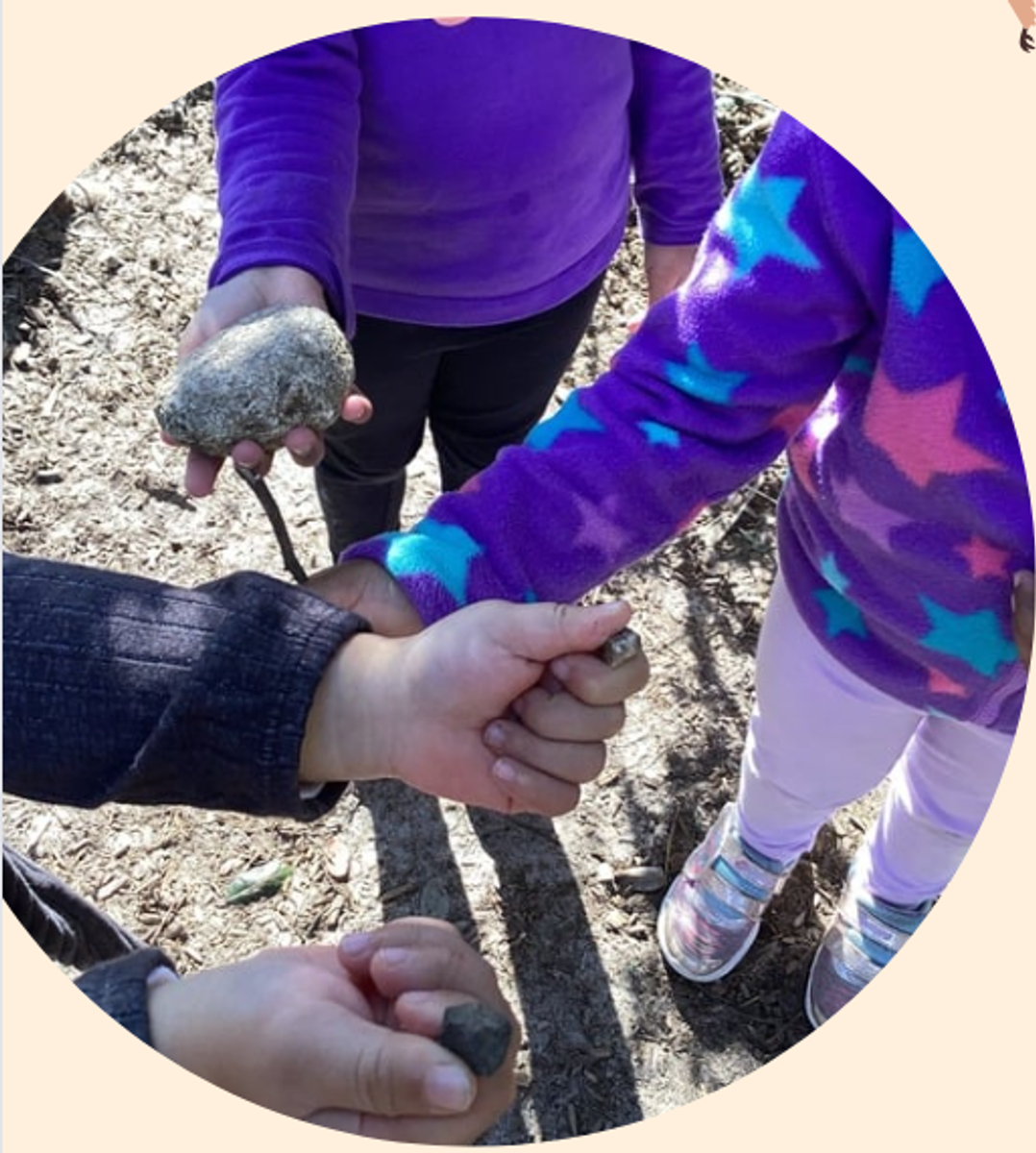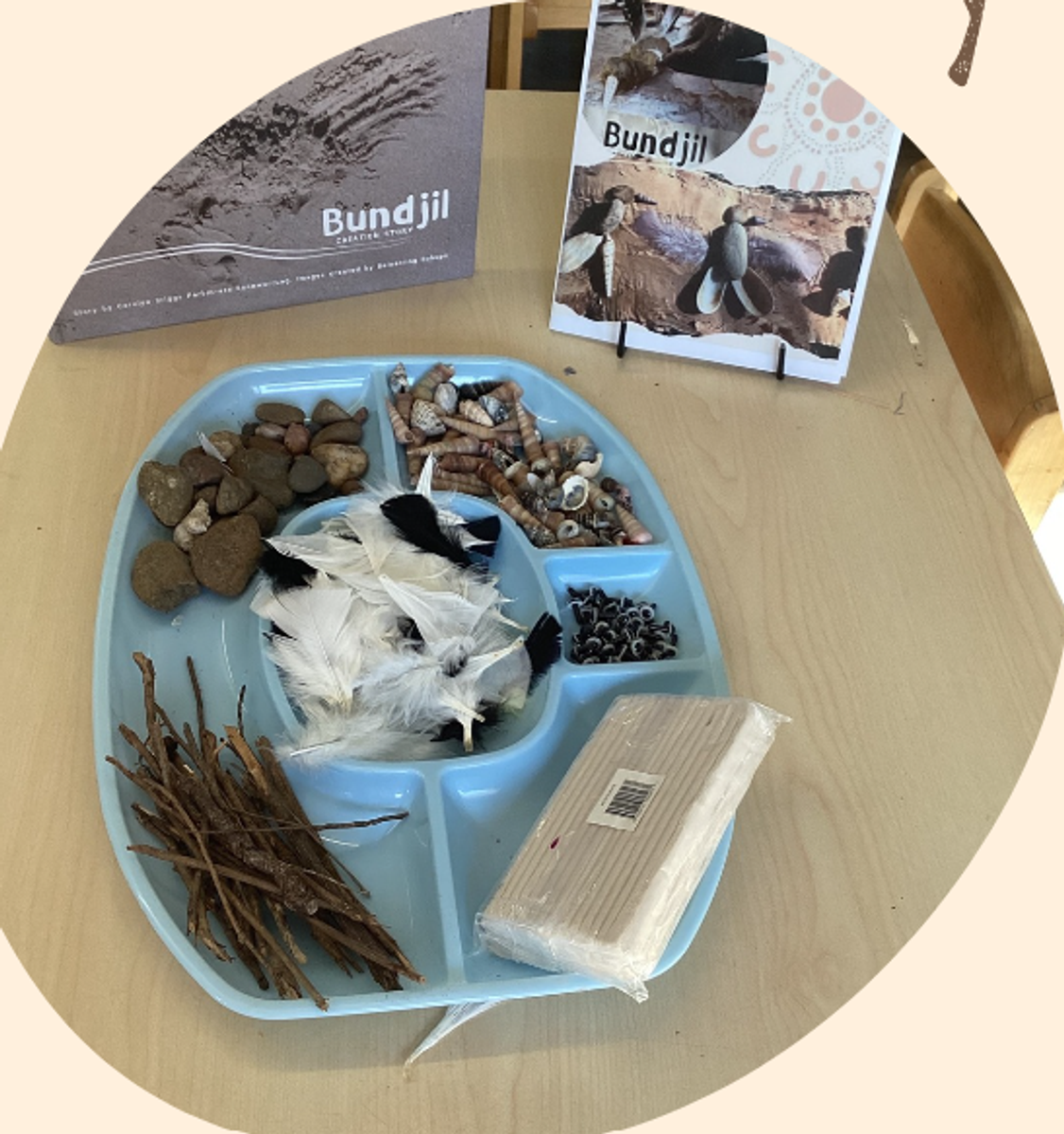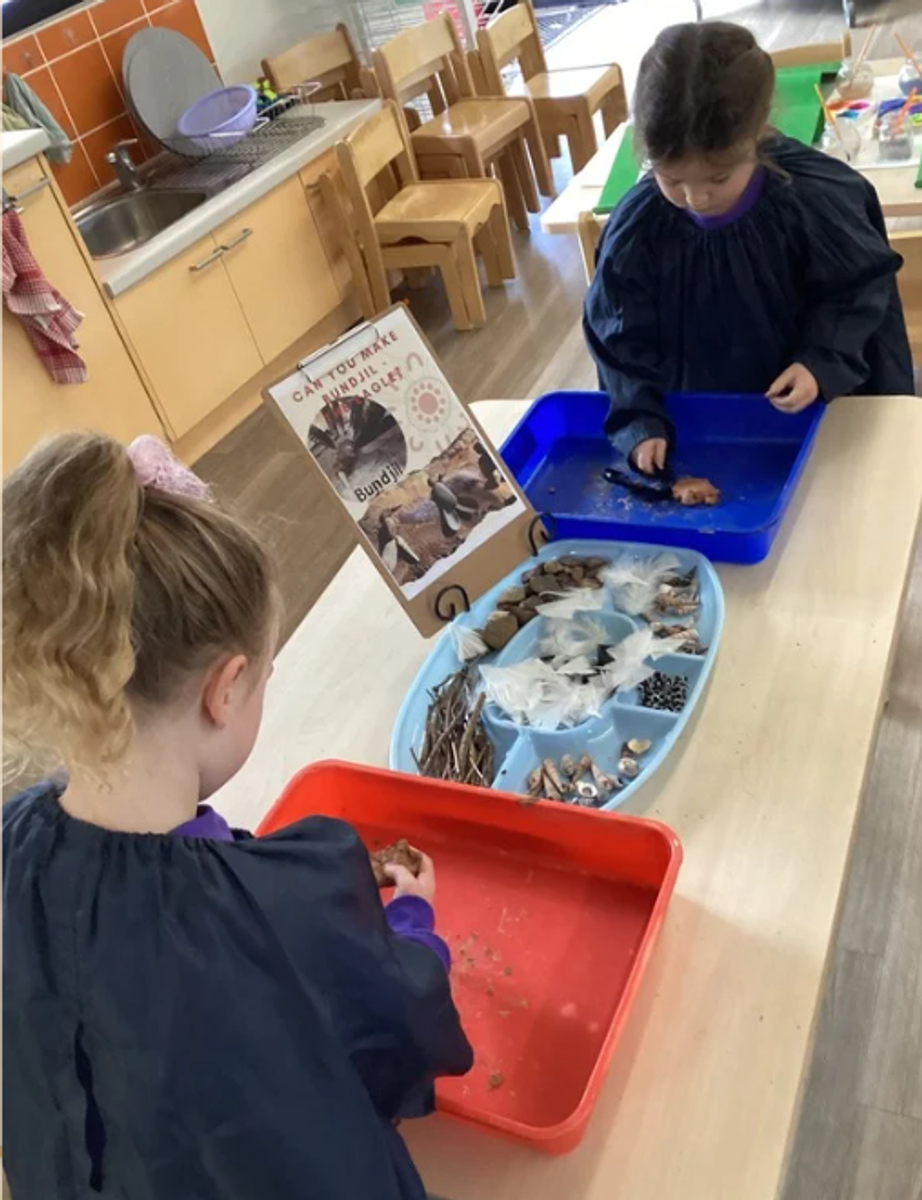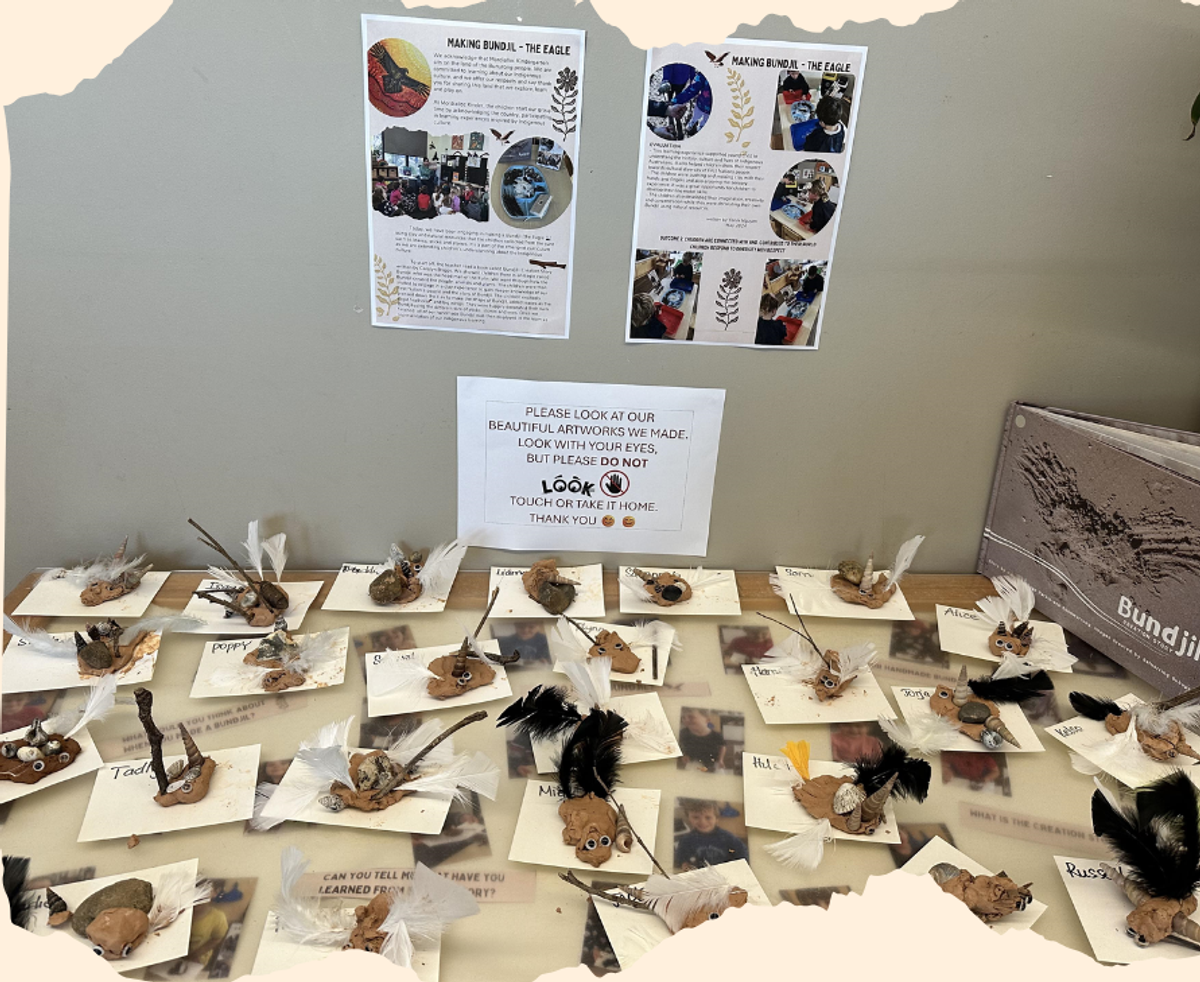Glen Education Mordialloc

Environments that Embed Cultural Awareness
By Yenni Nguyen, Early Childhood Educator
The physical environment plays a crucial role in the way children are immersed in culturally responsive practice. The way we explore and embed this awareness in our programs is through authentic learning experiences and informed decision making.
One example of how this is demonstrated in practice is the way we acknowledge that Glen Mordialloc Kindergarten sits on the land of the Boon Wurrung people. We are committed to learning about our Indigenous culture, and we offer our respect and say thank you for sharing this land that we explore, learn and play on.
At Glen Mordialloc Kindergarten, the children start each group time by Acknowledging Country and participating in conversations and learning experiences, inspired by Indigenous culture.
Our environments provide endless possibilities for learning. Open ended resources are available for children and create opportunity to explore different concepts. These materials support children to learn about many different cultures. Natural materials, sensory materials, loose parts, dolls, books and artefacts all play a role in children's learning. Each resource is intentionally placed to provoke creativity, deep thinking and thoughtful engagement.
These materials were recently used by the children to create their own interpretation of Bundjil the Eagle. Yenni describes how the learning evolved.
We have been engaging in making a Bundjil (the Eagle 🦅) using clay and natural resources that the children collected from the yard such as leaves, sticks and stones. It’s a part of the
To start off, the teacher read a book called Bundjil- Creation Story written by Carolyn Briggs. We showed children there is an Eagle called Bundjil who was the head man of the Kulin. We went through how the Bundjil created the people, animals and plants.
The children were then invited to engage in a clay experience to gain deeper knowledge of our First Nation’s people and the story of Bundjil. The children excitedly pressed down the clay to make the shape of Bundjil, added leaves as the eagle feathers🪶and big wings. They happily decorated their own Bundjil using the different sticks, stones and eyes. Once we finished, all of our handmade Bundjil were displayed proudly in the room as representation of our Indigenous learning.
Evaluation:
This learning experience supported the children to understand the history, culture and lives of Indigenous Australians. It also helped children show their respect towards cultural diversity of First Nations people.
The children were pushing and moulding clay with their hands and fingers and also enjoying the sensory experience. It was a great opportunity for children to develop their fine motor skills.
The children also developed their imagination, creativity and concentration while they were decorating their own Bundjil using natural resources.
OUTCOME 2: CHILDREN ARE CONNECTED WITH AND CONTRIBUTE TO THEIR WORLD
CHILDREN RESPOND TO DIVERSITY WITH RESPECT

